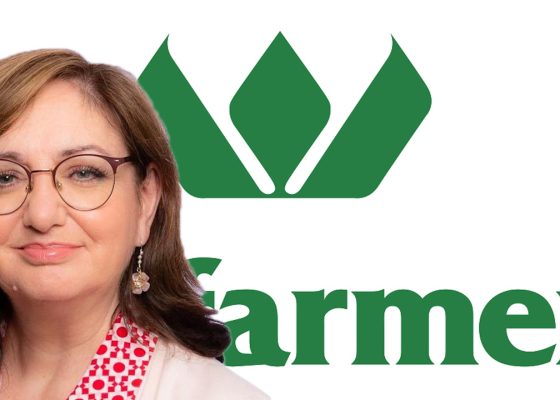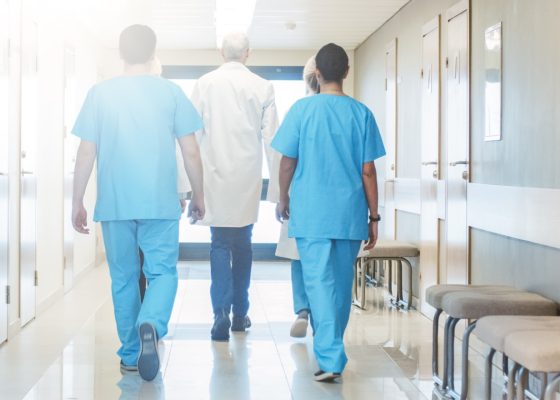The health consumers peak body wants no Australian to have to pay for calling an ambulance.
In the wake of a blast of bad publicity for the Queensland Ambulance Service, the Consumers Health Forum of Australia has called for “harmonisation, reform and fairness to the way Australians are charged for using an ambulance”.
State and territory government subsidies for ground and air ambulance services vary from jurisdiction to jurisdiction, and interstate visitors in some states are not entitled to the same subsidies as locals.
“It’s really hard to see how the current system on the whole provides a fair and balanced approach to ambulance cover for all Australians,” said CHF CEO Dr Elizabeth Deveny.
“In recent times we have seen National Cabinet be a very effective mechanism to get real reform across the Australian healthcare system, whether it be with how Australian nationally dealt with COVID or more recently with the hospital funding reforms.”
Dr Deveny said the CHF believed that Australia should adopt a universal approach to ambulance fees. Under this model Australians wouldn’t have to pay for calling an ambulance.
“What we want to see ideally is a future where no Australian needs to worry about where they are, or the cost involved in calling for an ambulance. Medical need should be the only consideration for people needing an ambulance,” said Dr Deveny.
“A country like Australia can do this and frankly I think it’s what most Australians expect. Isn’t this why we pay taxes? I think most Australians would see this as a good use of their taxes.”
Meanwhile the Courier Mail reported today on two deaths and another “negative outcome” for a patient due to delays in ambulance attendance and ramping delays at hospitals.
- On 7 January 2024 paramedics in the Metro North HHS in Brisbane were called to a male patient who was disoriented and had slurred speech after a fall, arriving 18 minutes – 12 minutes later than expected. The delay resulted in a “negative patient outcome”;
- At 2.40am on 25 January, a request came from an alarm activation for a female patient in Toowoomba who was conscious, breathing and had lower back pain. At 2.43am the case was placed into the queue of the Queensland Ambulance Service’s Clinical Hub 24/7 service, a team of paramedics and clinicians who call back people waiting for an ambulance to see what treatment they may need. At 3.28am a team was dispatched, arriving on scene 10 minutes later but the patient was in cardiac arrest and died at the scene; and
- On February 2, a male patient in the Metro South HHS in Brisbane, complaining of chest pain and shortness of breath died after there was a delay in identifying an appropriate ambulance to respond due to “high workload” at the time of call. At the time, a review found Metro South had “sustained pressures” with four hospitals on level-three escalation, with delays of over six hours to offload ambulance patients.



